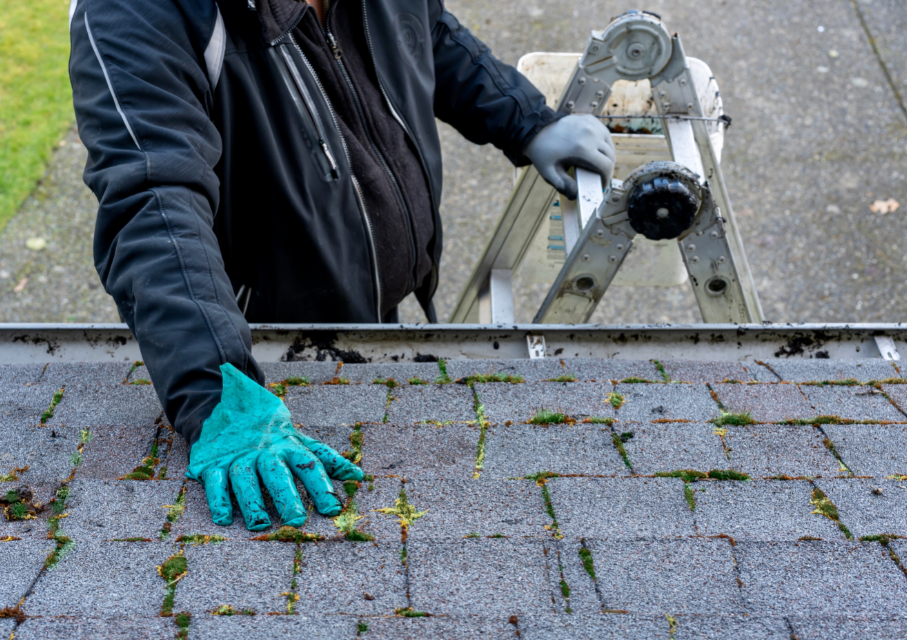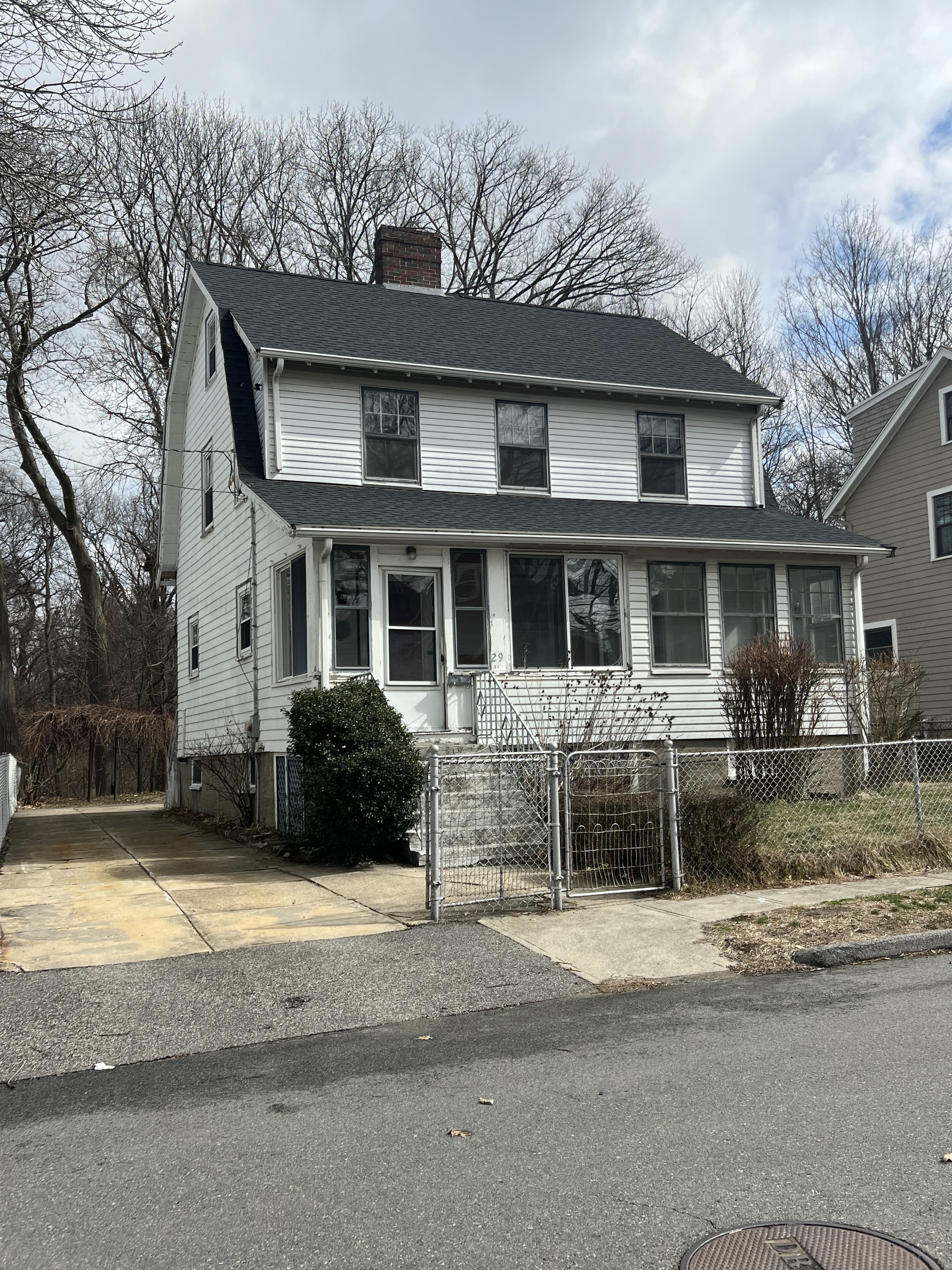Signs You Need Your Roof Inspected Before Winter
The roof is an essential part of your building, and it is important to have it inspected to prevent issues during winter. Here are signs to watch out for during an inspection:
1. Missing granules
The granules serve as a defense against ultraviolet light, rain, or unfavorable weather. So if these granules start coming off your shingles, the shingles begin to wear out and fail. Hence you need replacement.
2. Blistering Shingles
You begin to notice little bubbles on your shingles or breakage, which creates a hole in your shingles. Water settles in these holes and freezes in winter; this cracks the shingles more and causes them to wear out on time.
3. Buckling or curling shingles
Extreme temperature changes cause buckling or curling shingles. The shingles start to dry out, causing them to curl at the bottom instead of being flat. The curling will raise the adhesive off the roof, lifting your shingles, making them more prone to blow off and allow rain to get below the shingles. Once this is noticed, it is important to repair it quickly before winter.
4. Missing shingles
Missing shingles could result from installation failure, or the adhesive on the shingles is starting to wear out. You’ll need your roofing contractor to fix this.
5. Leakage
A leakage on your roof is a sign that it has lost structural integrity. Most times, leakages are observed within the house. However, in some cases, your roof may already be leaking, and you may not observe it. You may have insulation on your attic, which absorbs water, and you may never see the water drop inside your house.
Hence it is vital to have your roof inspected and also your attic.
Most cases of roof leaks do not require total replacement as they can be easily rectified if detected early enough.
6. Bent flashing
Flashing is the metal that covers the chimney to keep water from pouring against it. Once the flashing gets rusted, bent, or any other damage, it has to be repaired immediately. A professional roofer should correct poorly installed flashing.
Also, tree branches lying too close to the flashing could affect it when the wind blows. It is advisable to trim tree branches about 10yards away from the flashing to keep its integrity.
7. Missing mortar
Cracked or missing mortar between joints are potential water entry points as rain can get down the chimney chase. The missing mortar should be fixed before winter arrives.
8. Sagging gutters
Your gutters begin to sag and leak if they are poorly installed or clogged by leaves, ice, twigs, and pine needles. Sagging Gutters limit drainage and hence gives room for mold and insects to thrive. It also affects the aesthetics of your house.
Regular maintenance of your gutters before winter is important to prevent sagging.
Generally, it is advisable to have your roof inspected by roofing professionals at least once a year. Check out for mold on the installation and the plywood, water stains from leaks you haven’t noticed, and dry rot.





